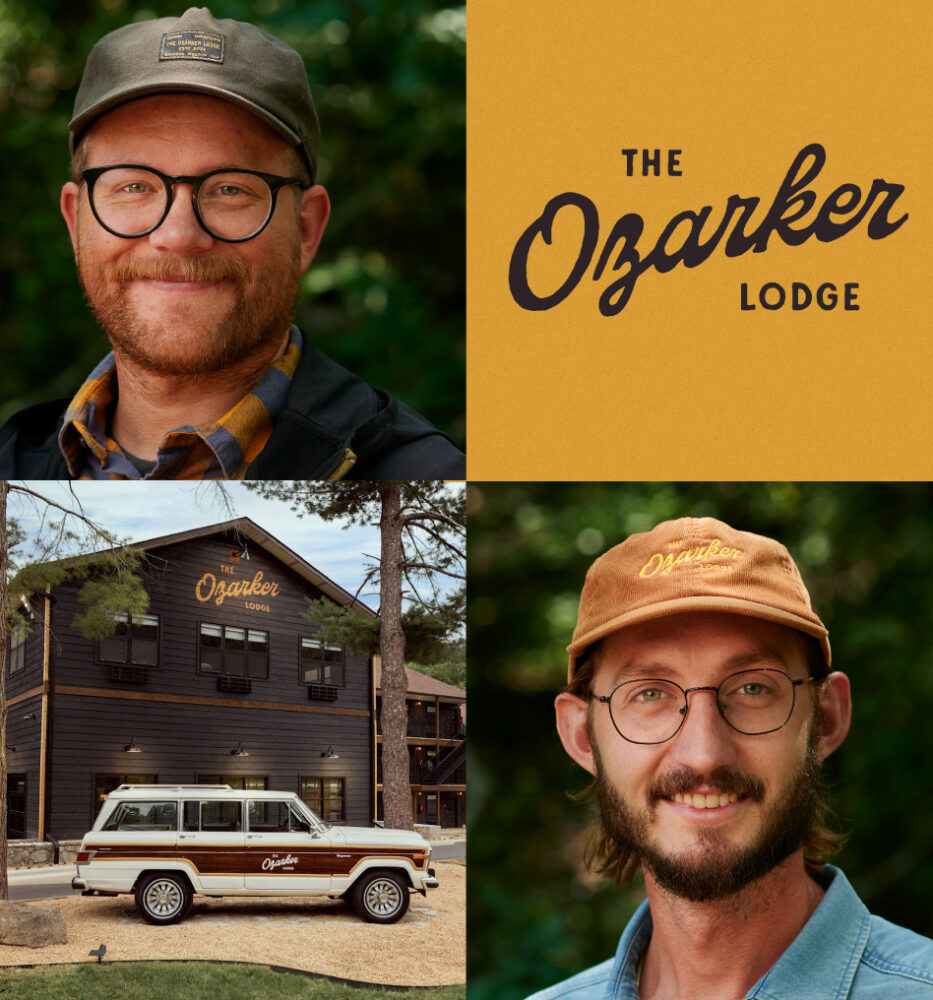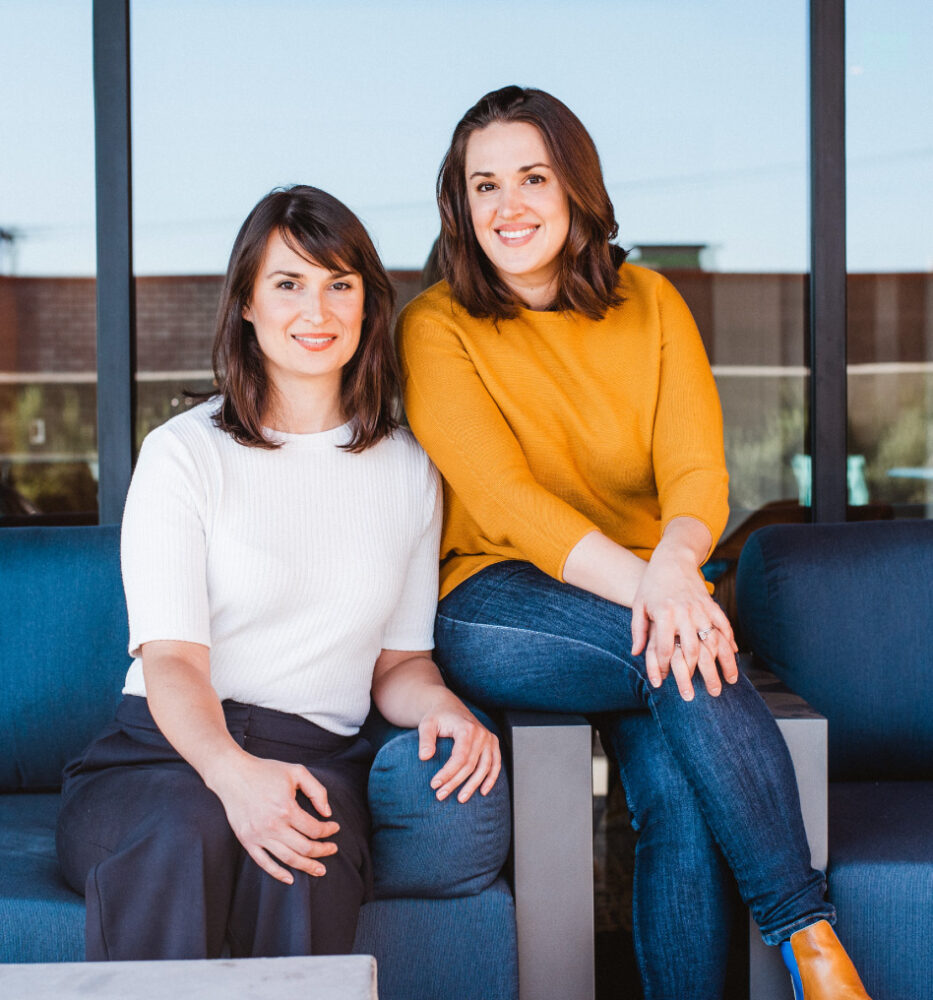Future Hospitality
podcast
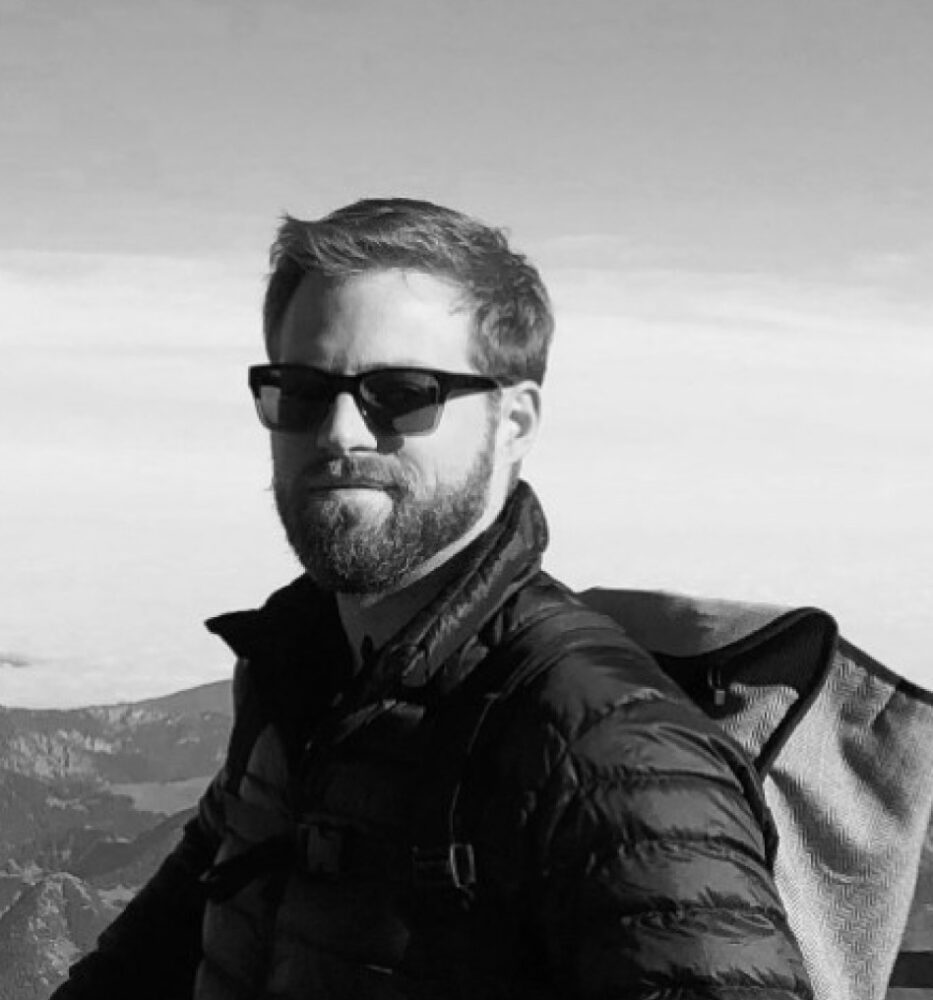
E37: Creating Exceptional Outdoor Experiences with Will Spurzem
October 28, 2022
Dustin Myers: Will, it’s so good to have you on the podcast today.
Will Spurzem: Yeah. Well, thank you, and yeah, just thank you for having me on and facilitating so many great conversations about hospitality.
Dustin Myers: Yeah. We’re excited to dive in. We came across you with your work at AutoCamp and have just loved watching the evolution and kind of where you’re headed. So excited to dive into the conversation. Maybe just get us started with a bit about your background and what led you to where you are today.
Will Spurzem: Yeah. So I started out in a traditional architecture role and moved to the Bay Area in 2006 and worked on large custom homes and wineries, hospitality spaces throughout California and some international work. And I was lucky enough when I was a junior designer, not yet licensed, to do a lot of site planning and programming early in my career, which is pretty rare. And I kind of kept at that over the years. And eventually, that led me to kind of want to broaden my horizon. So I jumped into a YCombinator startup that was doing net-zero prefab homes for a little while and then paired that experience with the architecture experience to join AutoCamp. So I was the design director there for three years, and now I have my own design and development services company called Boundary Works.
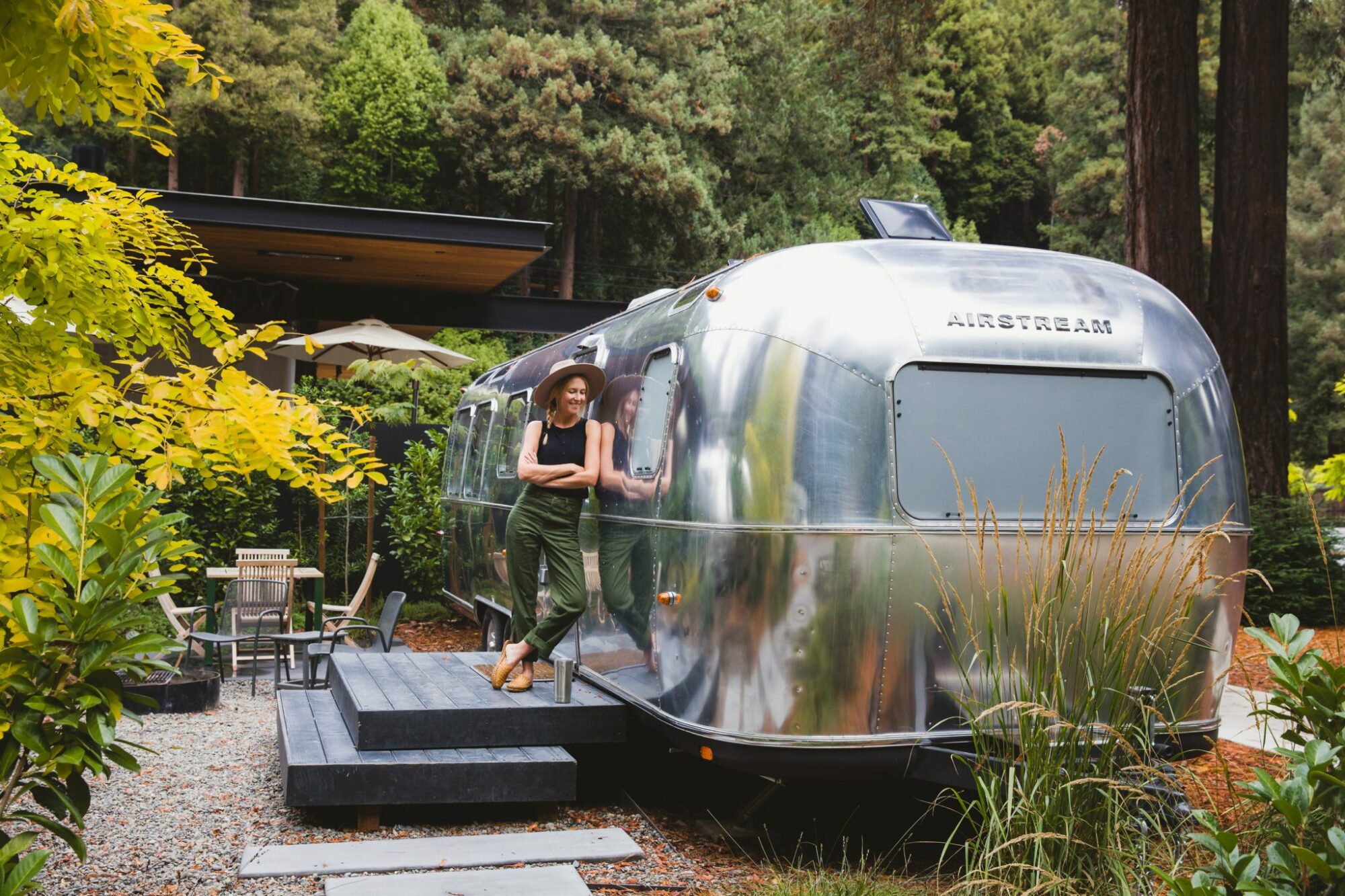
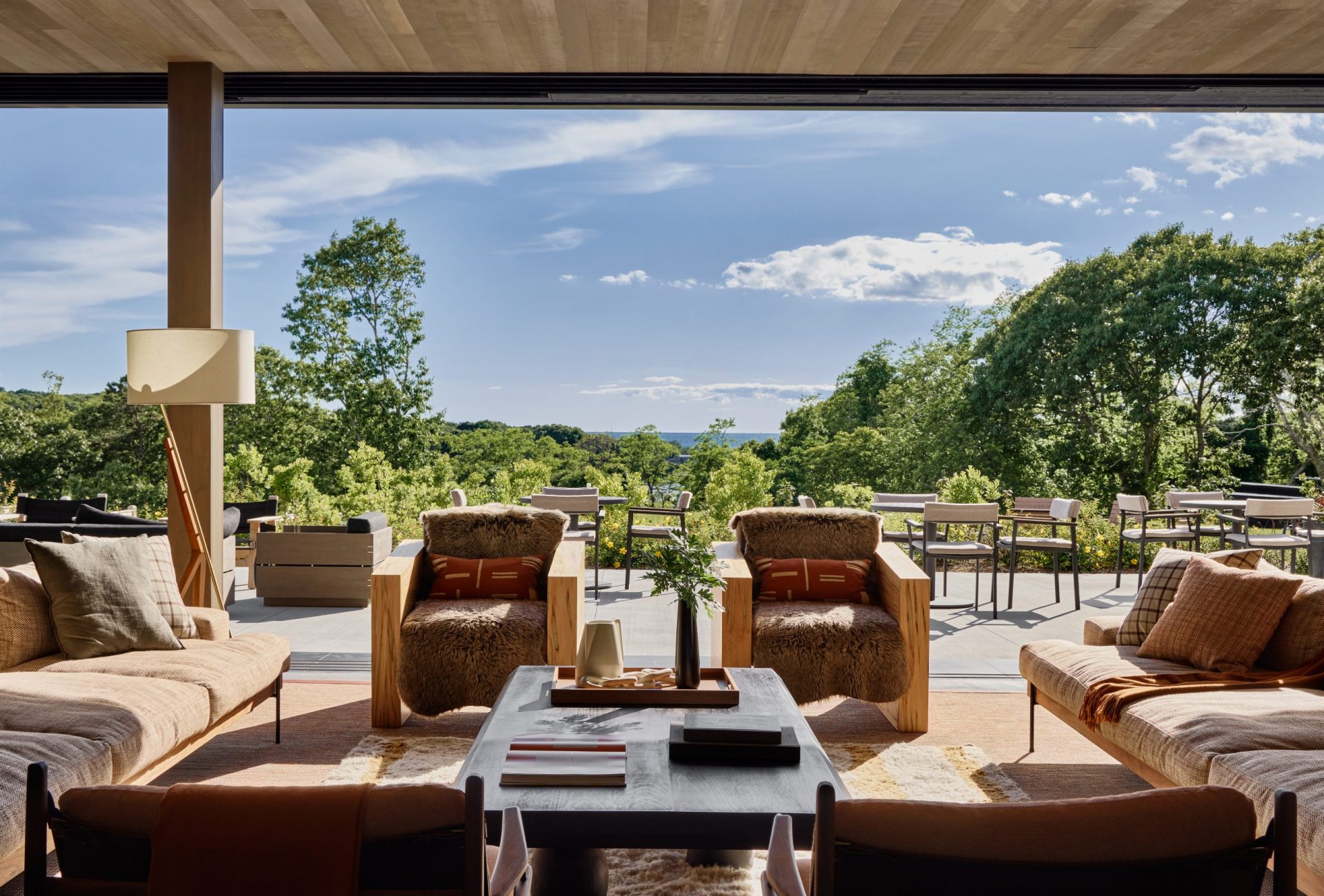
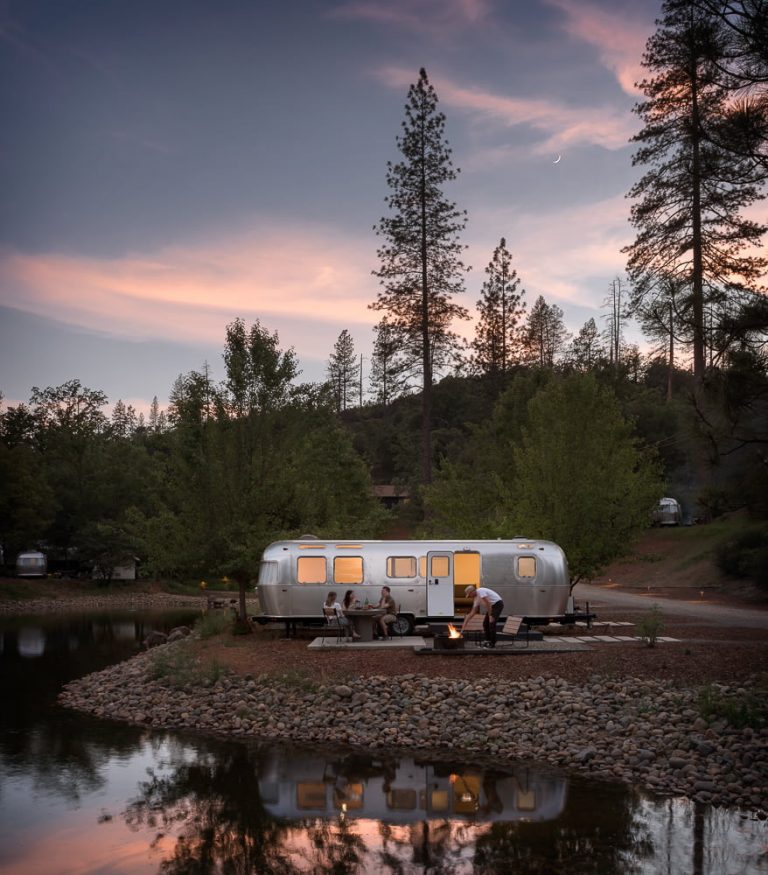
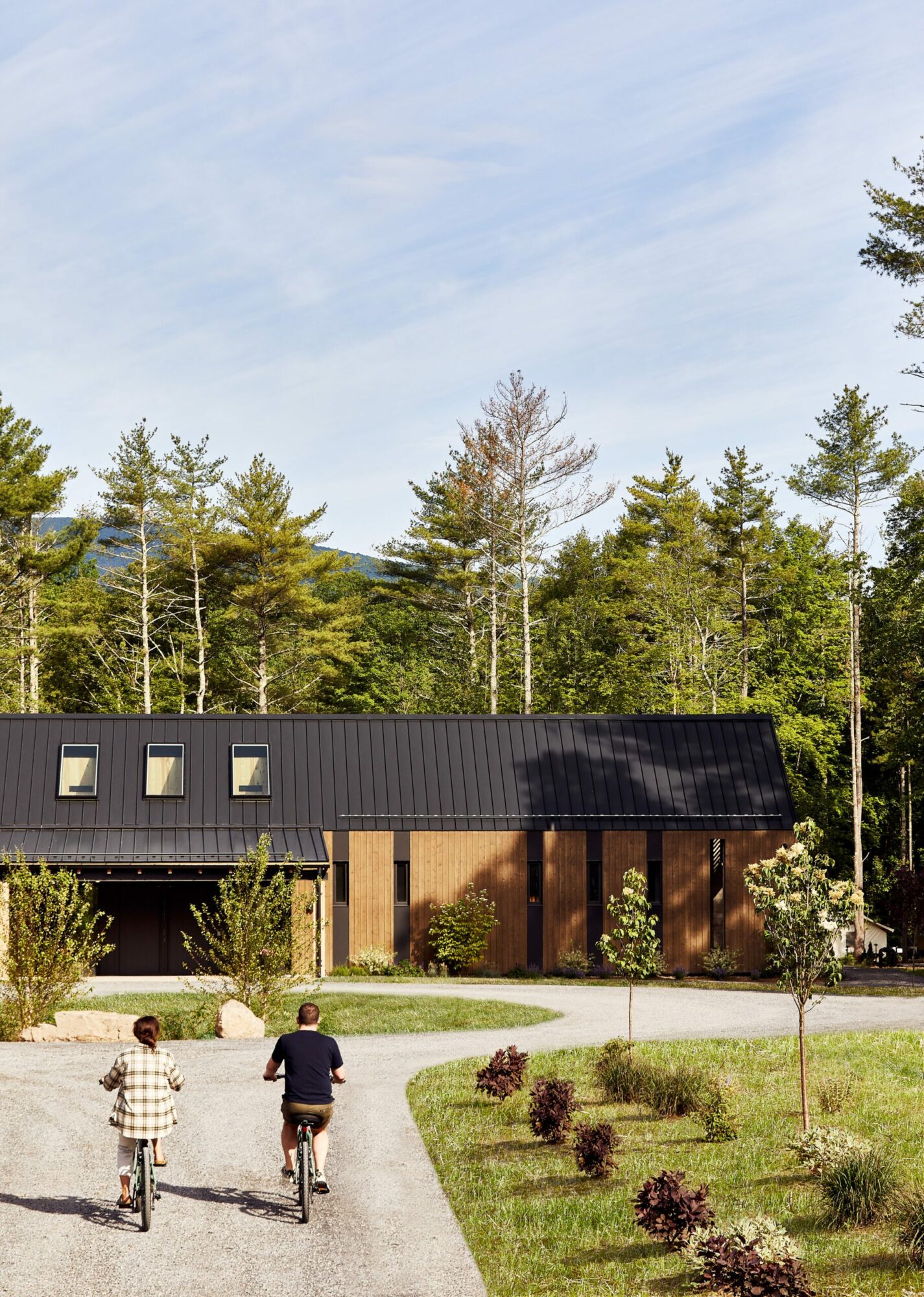
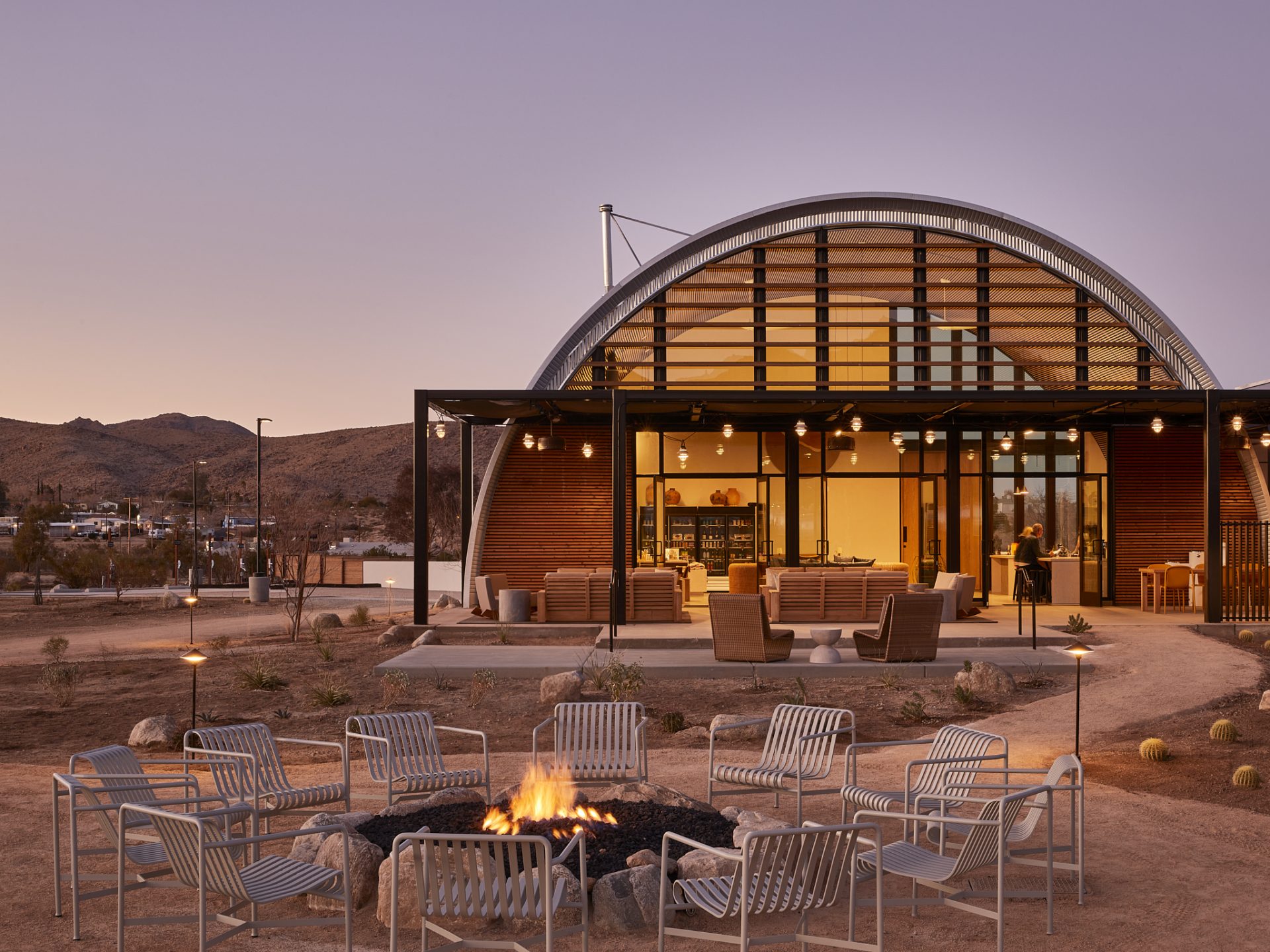
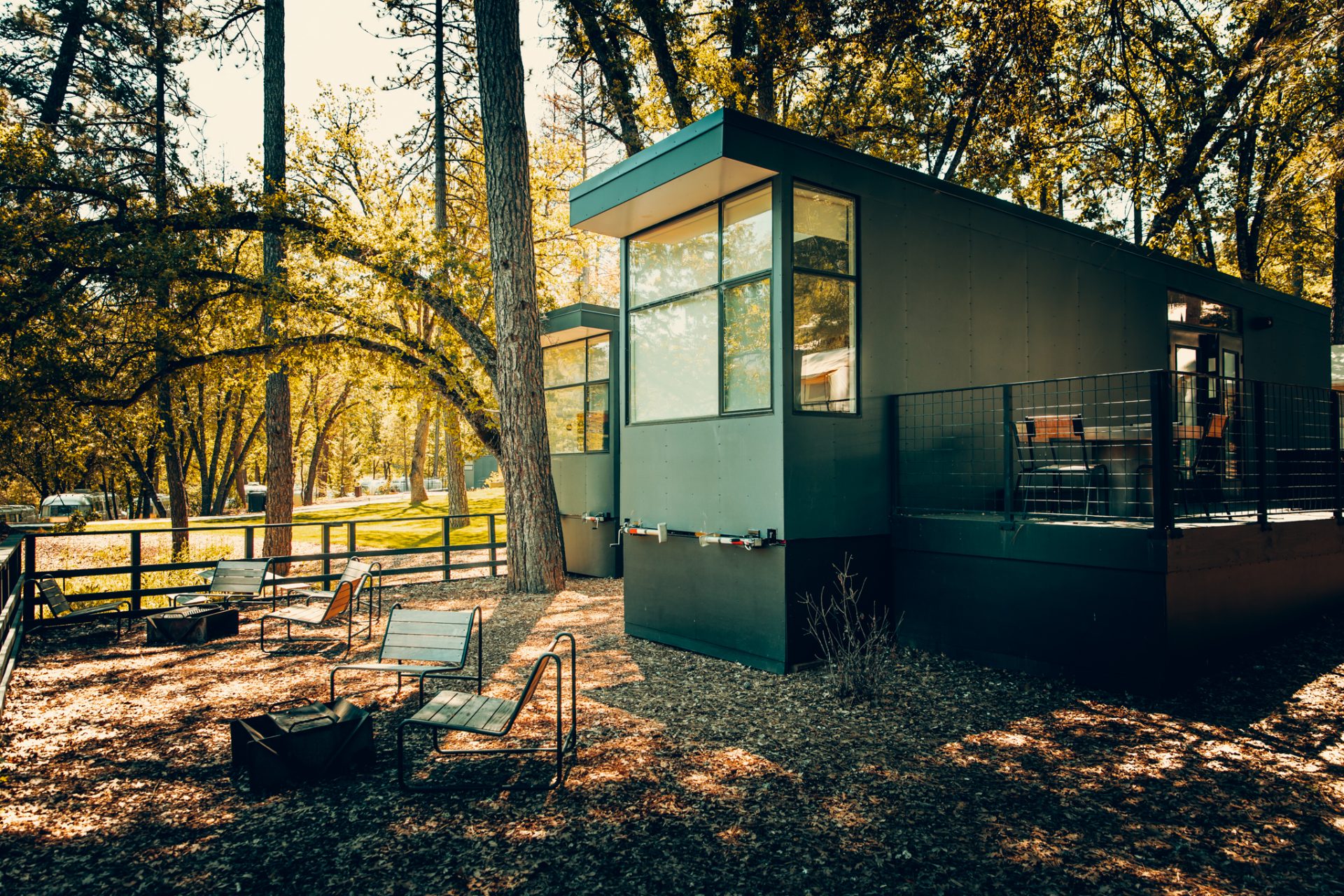
Dustin Myers: Yeah. That’s really cool. So maybe you could just dig into some of the lessons that you learned during your time with AutoCamp and kind of taking the experience that you had up to that point and what you guys were able to do at AutoCamp.
“There’s a big gray area between what we all are very familiar with as far as camping and what we’re all very familiar with from a traditional hotel.”
Will Spurzem: Yeah. I think the biggest lesson really is a service design problem. There’s a big gray area between what we all are very familiar with as far as camping and what we’re all very familiar with from a traditional hotel. So everything in between is very poorly defined. We’re starting to see some threads of things that are more consistent across the market, but that space in its whole is very different. So from brand to brand, even at similar price points you’ll get a wildly different experience and different offerings. So that was kind of a big challenge. That was always the forefront of our minds at AutoCamp. From the executive team all the way down to the operations team, we had a lot of careful conversations about what are we, what are we offering, and how are our guests going to receive that.
So from a service design point of view, we really had to look at when do we first interact with a guest all the way through to them departing, how are we educating them. The biggest issue we had was misaligned expectations. I think we all know what a traditional hotel experience is like. And when you’re in the wilderness and something goes wrong and here in a limited service campsite, you fall back to those normal hotel checklists. So we spent a lot of time trying to decide, “Are we a resort? Are we glamping? Are we camping?” And then there’s a host of other labels that people are exploring with kind of varying levels of service from RV parks and whole new models that are coming out.
So I think from a holistic point of view, everybody needs to be very proactive about how they communicate with their guests, to tell them what they can and cannot expect. And hopefully, you can do that communication and education in a proactive way so the guests get excited about the visit and aren’t hung up on being reminded of what they aren’t going to be offered at your particular resort or experience. So I think that was probably the biggest first lesson is just how do you keep people excited and engaged and educate them about an experience where they don’t know exactly what they’re walking into and build that experience for them.
Jeremy Wells: Yeah. That’s really interesting. I’m curious, as you were talking and kind of sharing about how your team, it sounds like you guys kind of took a step back almost and kind of just started picking apart the guest experience, what some positioning topics and how you want to be perceived and things like that. But as you were going through that discussion internally, who was involved with that? How long did it take you guys to come to those conclusions internally?
“It’s always better to be in front than to be reactionary.”
Will Spurzem: We started a monthly customer feedback meeting where we had everybody from the executives all the way down to the GMs at the individual properties. We’d get together and review what are the common themes here, what are the high points and low points that we see most often, and how can we address those. And then when we had kind of identified those low points with people where we had common misalignment of expectations, we went back to who can really tackle those.
So the reservations team would change their messaging and we would kind of change how we were reaching out to the guests in advance. And then similarly, the GMs and their onsite experience teams, all those front desk staff, the first kind of first greeting evolved so that we could get in front of those issues and then people would more frequently feel like their needs are being anticipated. It’s always better to be in front than to be reactionary.
Jeremy Wells: Yeah. That’s really important. And I’m glad to hear you guys solicited your guest feedback and just really dove into that. That’s really smart. Kind of as you mentioned like looking, when you’re talking about building your reputation as a brand and the experience and all that stuff, and as you look at the landscape of outdoor and hospitality, lodging and just these outdoor experiences, who do you think has led in that explosion, so to speak, of these outdoor hospitality experiences? Who do you think have been kind of the front runners of that?
Will Spurzem: Yeah. I think right now you’ve seen a big difference and there’s kind of a variety of price points. I mean, there’s some people like the Paws Up Resort that is that ultra-high-end full-service experience that’s really bringing sort of that catered resort summer camp experience and then you have it kind of the other end of the spectrum. You have Under Canvas, which is I think made people more aware of an experience that’s a little bit more rustic and a little more self-guided. And somewhere in between I think we’re going to start to see people building a new kind of limited-service outdoor space.
So I think there’s a few companies like Find Sanctuary that’s out there doing I think really new models of lodging and branding. And then I think another one that I think is really pushing this whole model forward and really embracing the concept is Sagra Farms. They’re really about that experiential learning, so they want to pair working agricultural facilities and farmers with their guests in a way that is just a really… it’s a really deep and resonating experience, resonant experience for their guests. And I don’t think anybody else has that same depth of experience and opportunity.
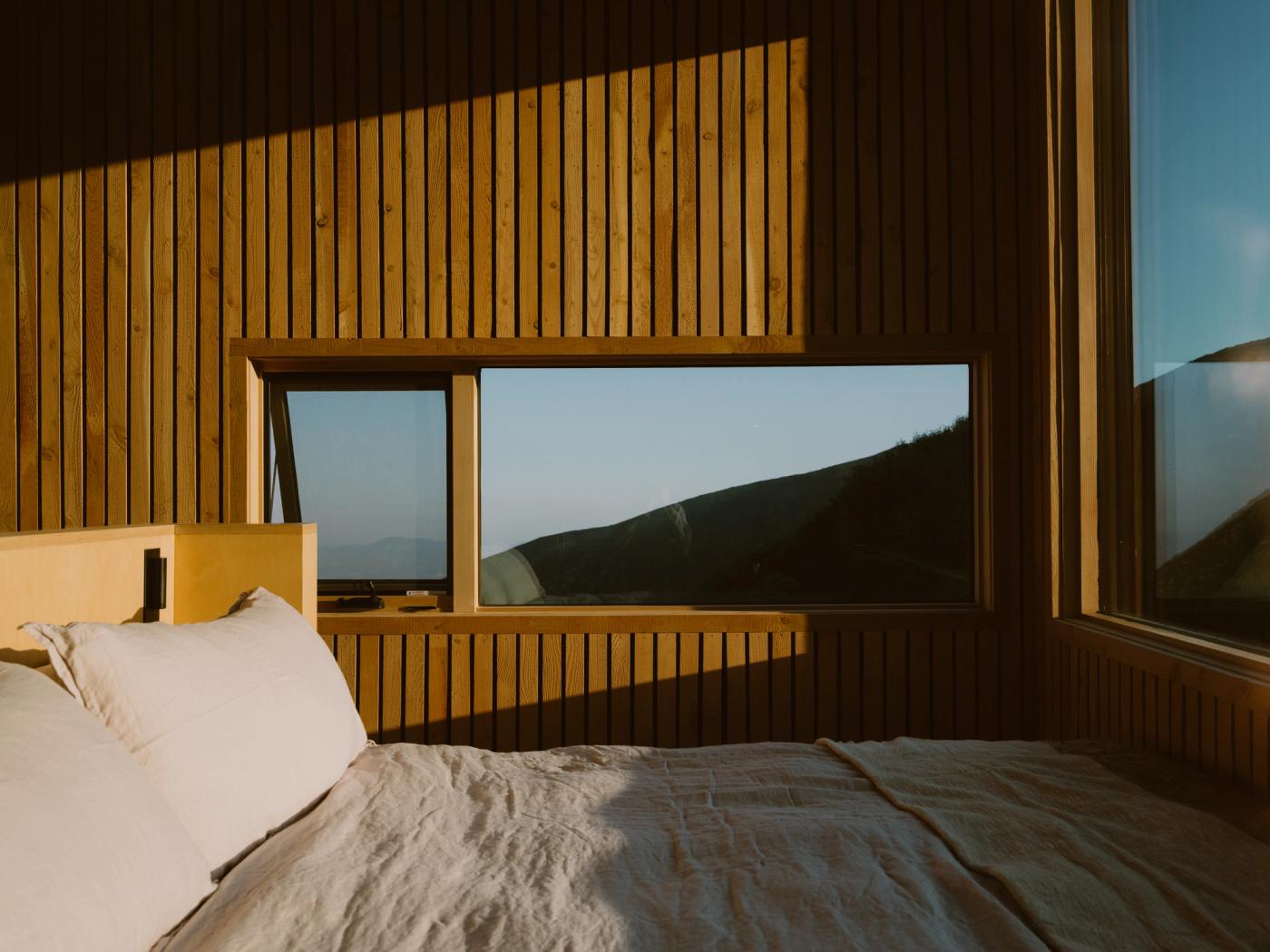
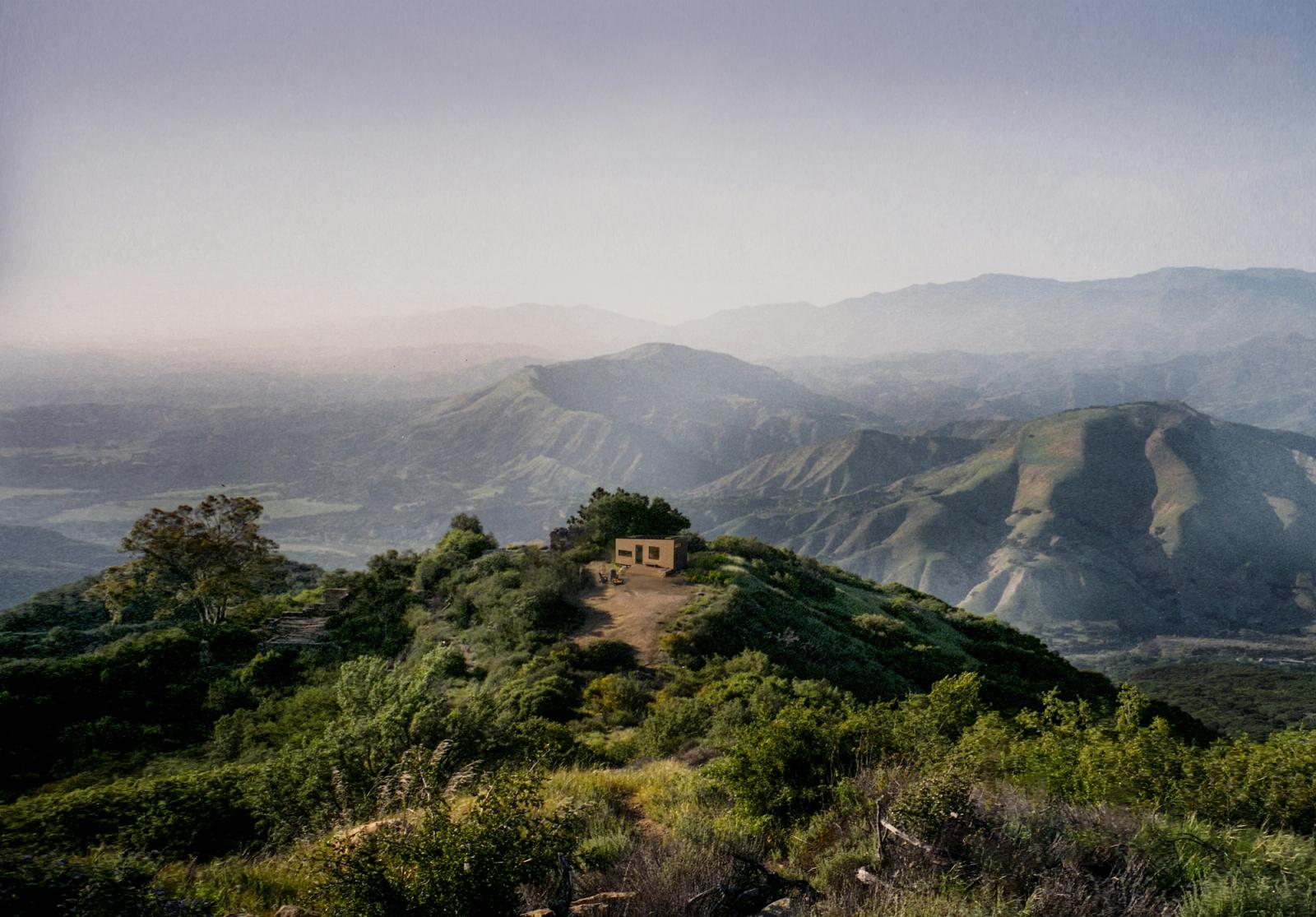
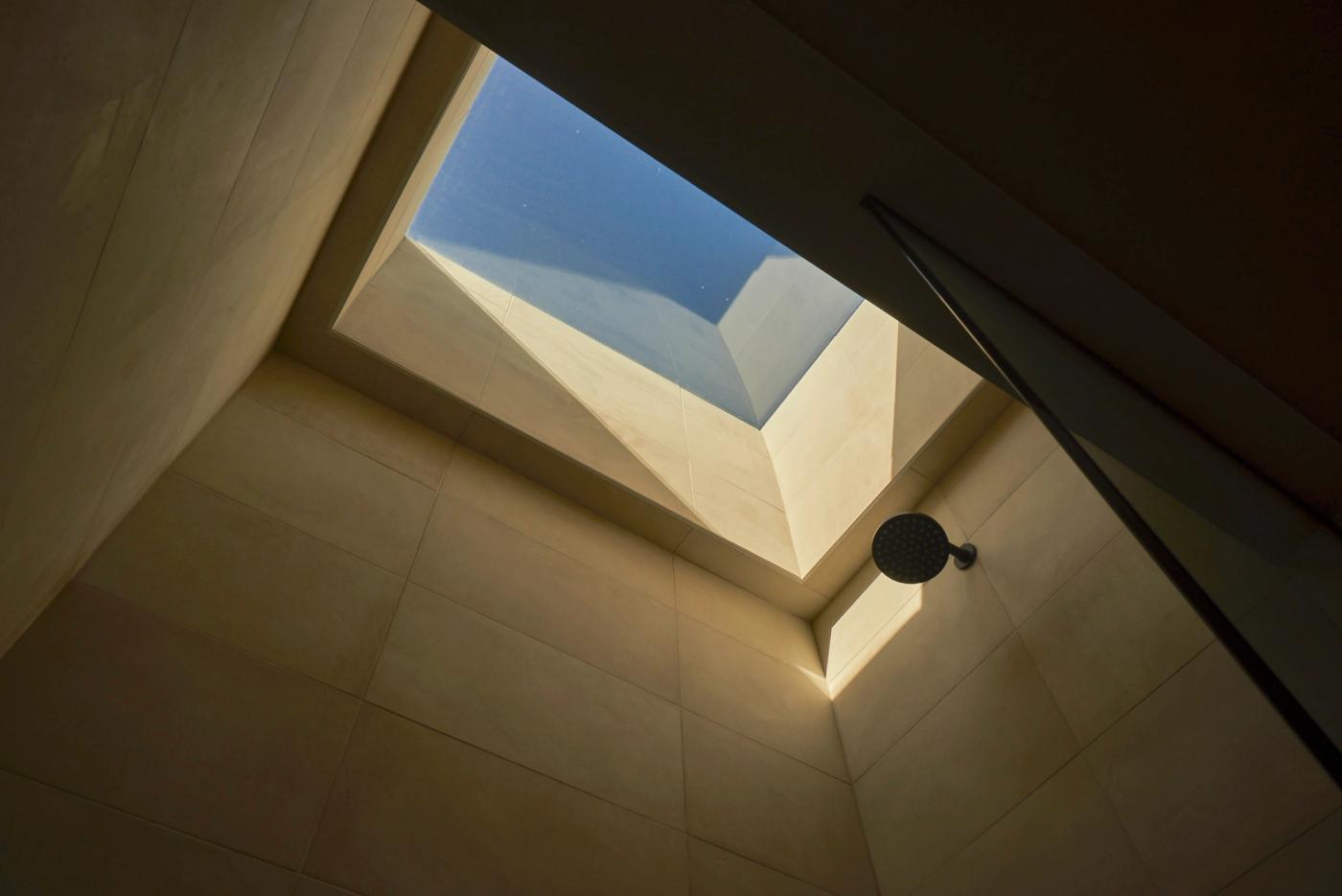
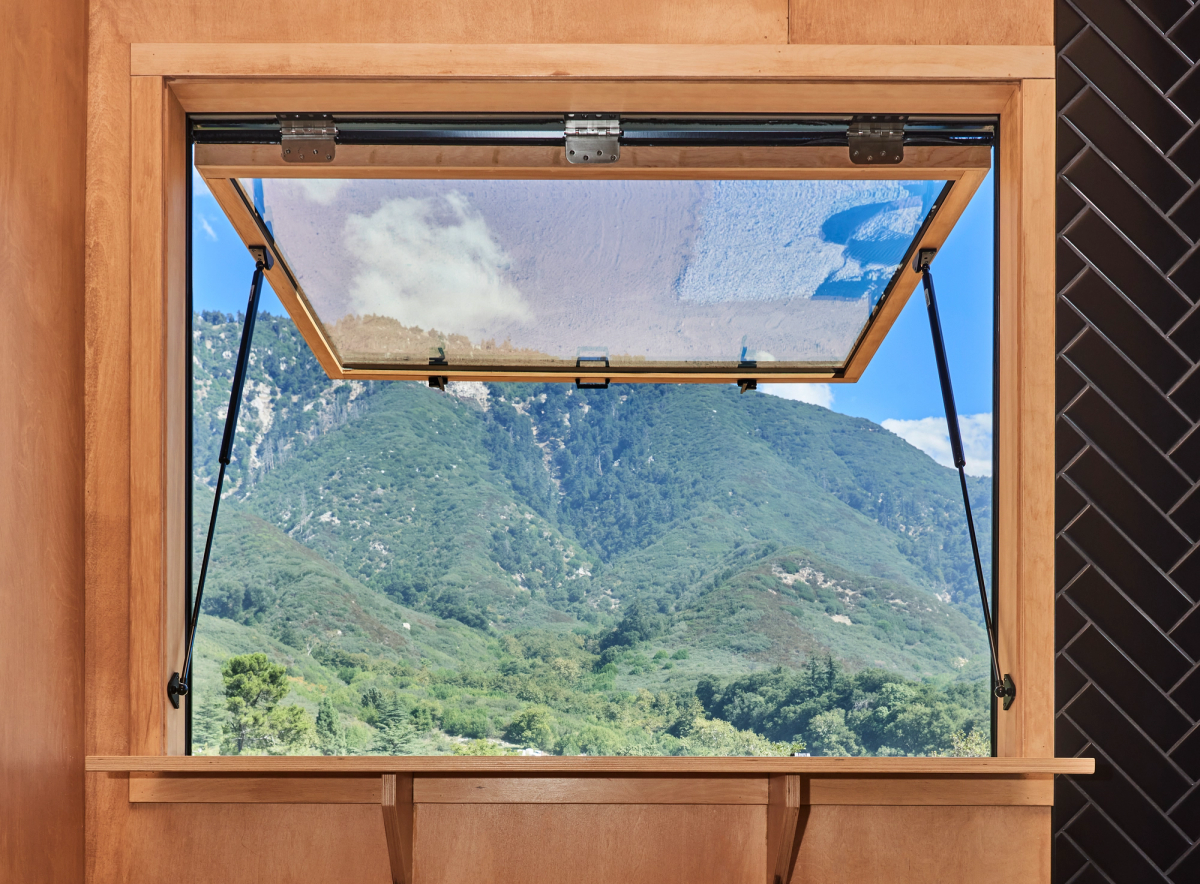
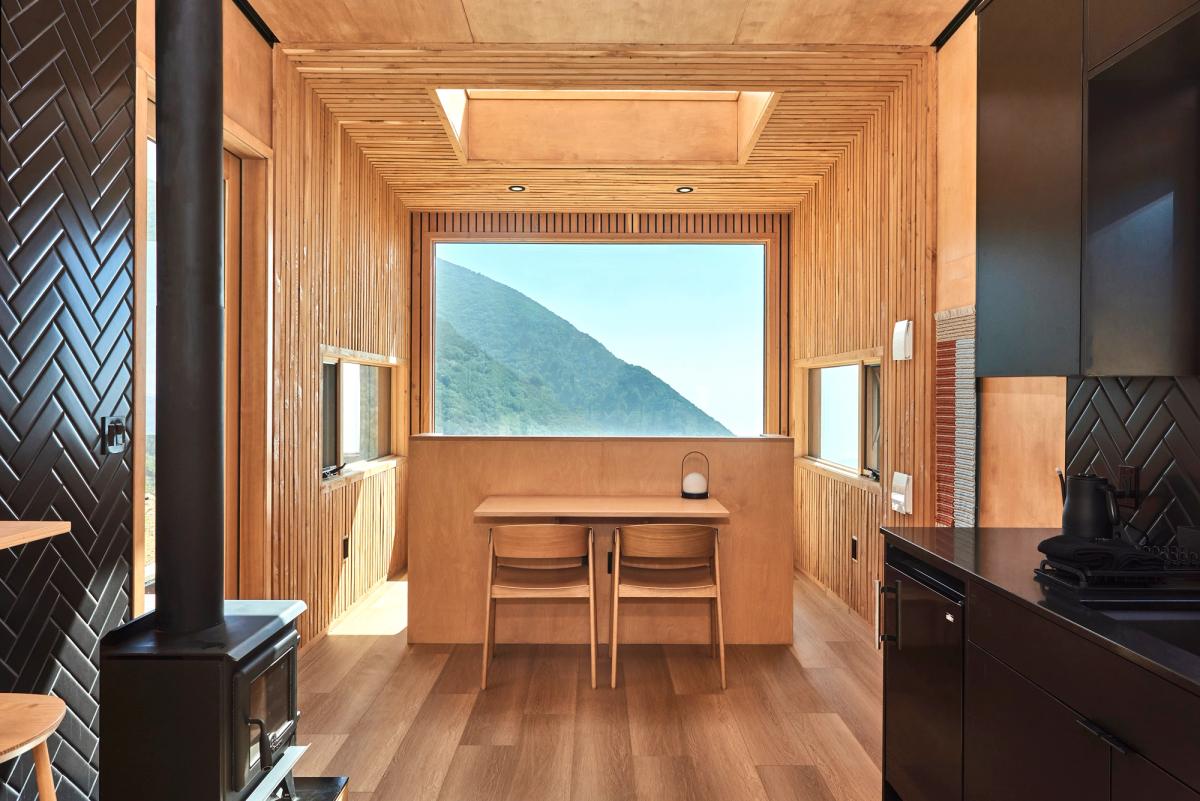
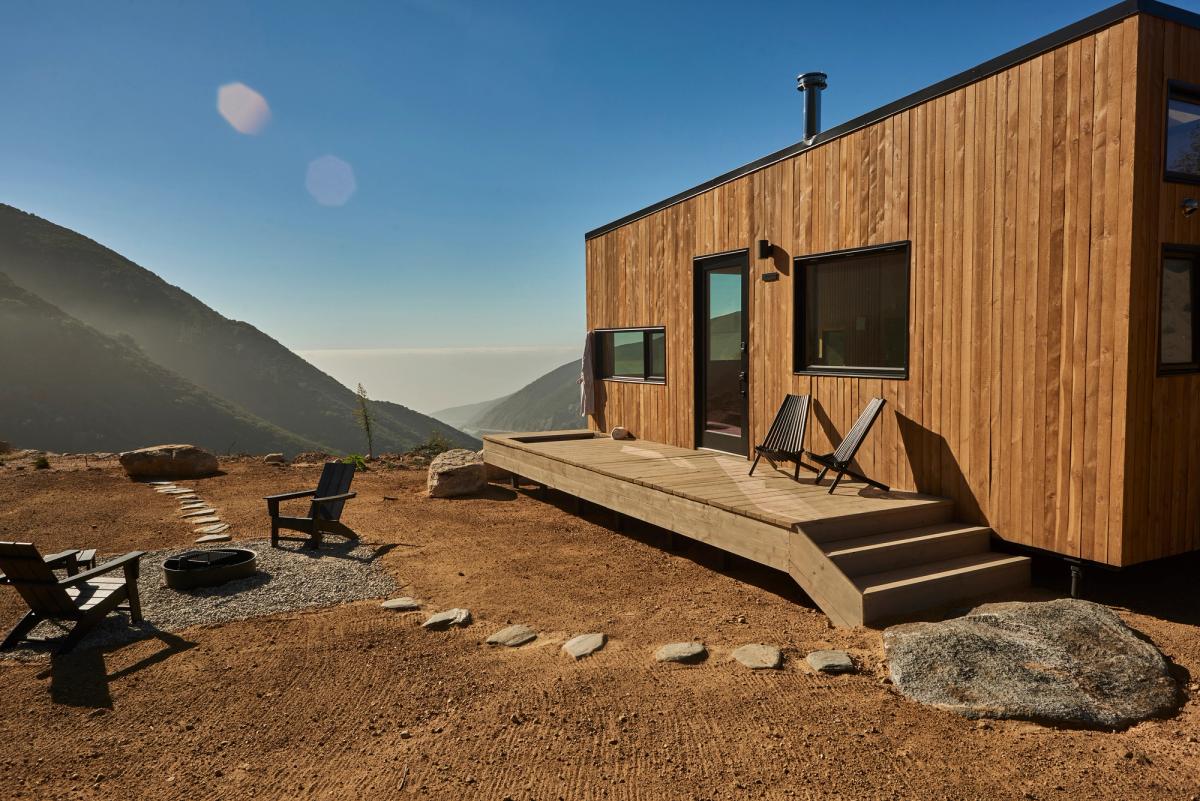
So I think those are kind of where I see people really embracing the land. We’re going out in the outdoors. That’s your biggest asset, and however you can find a way to accentuate that and bring it into the guest experience much more so than just, “Hey, we’re here in the woods and it’s pretty, isn’t it?” So I think Sagra Farms and Find Sanctuary and a couple companies similar like that are really kind of pushing that experience forward.
Dustin Myers: Yeah. That’s really interesting to kind of see where it ends up because I feel like glamping kind of took off as an idea. I don’t even know if you like that word, but glamping in parentheses. And it seems to resonate with people and it seems like a lot of people are now trying to get into this space. Kind of zooming out, what do you think is the reason that this seems to resonate with so many travelers and people looking for experiences?
“People want to see local engagement. They want more responsible and sustainable features when they’re traveling and making their consumer choices”
Will Spurzem: I think over the last two decades we’ve seen a long-running trend of outdoor recreation becoming more and more popular. It’s been growing steadily since the early 2010s, and the pandemic was just a major accelerant of that existing trend. So we’ve seen everything from outdoor recreation, equipment for outdoors campsite, bookings have been up since, well, before the pandemic. KOA has seen some pretty incredible data from their network of campsite. And in the same vein, we’ve got a trend of rising consumer preference for narrative-driven brands. People want to see local engagement. They want more responsible and sustainable features when they’re traveling and making their consumer choices. So I think both of those pair is really well in the outdoor hospitality world. So it’s an extension of both of those trends.
If they can find an experience and an adventure that you can’t get from a more urban hotel chain, and it’s done in a more sustainable and mindful way, I think that’s going to be a long running trend beyond the accelerated pandemic effects. So I think at all levels of guest experience from the mom and pop campgrounds to the full service resorts, I think we’re seeing all of those operators are making some pretty big changes and expanding their offerings, which is great to see.
Jeremy Wells: Yeah. You make some good points there. And I think as you mentioned, the trends are all pointing towards this being a very sustainable and very established. It’s not really a trend, I wouldn’t even call it. This idea of sustainable travel and eco-tourism and all these types of words you hear I think it’s going to be here for the long run. So kind of circling back, back to your career and with AutoCamp and your time there. As you made that departure from AutoCamp and started Boundary Works, what was that process like and what difficulties did you encounter and how did you approach that during that transition period?
Will Spurzem: Yeah. One of the primary drivers for me was just personal life choices, looking at where I was at in my career and where my family and family planning and all of that kind of came to a head and I said, “I have had this amazing experience at AutoCamp working with a great team and there’s a lot of really intelligent people there doing some pretty fantastic work in a new market,” which is always difficult. When you have low data, high expectations and you’re sort of out in front, it’s a really unique place to be operating. And one of the things that I noticed that really drove me to Boundary Works is that there’s a big knowledge gap in the industry of how to design and plan for large-scale distributed sites in outdoor hospitality. The balance of staff, time, resources, maintenance costs, landscaping, even just projecting out a CapEx budget, it’s a completely different equation for a 20-acre resort or glamping or RV park even than it is for the equivalent key count in a hotel.
So there’s a lot of people out there looking to do more with their land that they have and it’s very difficult to get started. And having done that over the years at AutoCamp, that’s something that I feel uniquely qualified to address and want to get in there and help people make the best use of their land and really figure out what is a way that you can really design a facility that celebrates the place that it’s in, and do it in a more responsible and mindful way.
Dustin Myers: Yeah. That’s really awesome. I know that that will be a huge asset to anybody looking to get into this space. And so I’m curious, what are the services and kind of like where do you think your area of expertise as far as a service aspect is with Boundary Works?
Will Spurzem: Yeah. There was a big gap, I think, as I kind of alluded to in that early site planning phase. It’s difficult to make the numbers kind of work without having a plan and some really at least ballpark numbers from a construction and pro forma point of view. You’re staring at a blank page with an outdoor resort and it’s difficult to fill in some of those early numbers. So one my kind of my most frequent service is really to step in and say, “Well, let’s look at two spectrums of how we can approach this property. Let’s look at the low impact, minimal effort, low-key count solution and then let’s look at a max-key count as much as we can get there in a responsible way.” And then workshop with the owner to go back and forth to find the sweet spot in the middle there.
“I think if you look at both extremes, you usually sort of tack back to the center.”
I think if you look at both extremes, you usually sort of tack back to the center. Eventually, you’re going to find that sweet spot where you can compare and contrast some costs, some schedule, timeline, and start to build and visualize what executing this project is really going to take. So I think a lot of that is a little bit of a service design strategy exercise up front. And the design side that I’m adding is really just taking years of site planning expertise and kind of cutting very quickly to what some of those early iterations of a site plan might look like. I think that’s probably the biggest set of service that I’ve been offering lately. And also just doing a little bit more of that amenity offering studies.
We’ve got very different ways of traveling these days. We’ve got a mixture of vacation and family and office, and people are very frequently not completely detached from their work life. And there’s a lot of poor hotel rooms out there that don’t serve a family well, that don’t serve a work traveler very well, and that applies the same to the outdoor hospitality world. I think we’ve all spent too much time, probably in a hotel room with a 46-inch TV, about six inches from your face. Trying to do some work and it doesn’t do anything that you want very well.
So as we’ve been working through some of my projects and clients, we’ve been trying to look at what are ways we can create some new spaces, even in an outdoor distributed campsite that allow for that group activity, that allow for better work environments really a better place to take that phone call you can’t get rid of.
Jeremy Wells: You mentioned as you were talking through like the site planning and how that relates to just the pro forma, the early numbers, filling some of that in. And you mentioned you gave two options as far as like a low-key count versus a max-key count. And obviously, I would assume ownership in general, they’re probably looking for to maximize revenue and be able to maximize that key count within a small given footprint. So obviously, it’s not just revenue based though either. So what are other considerations as your work shopping and kind of working that out with the ownership? What are other things that are typically factored in? I mean, is it like workforce around the area, programming, other types of things you’re looking at?
Will Spurzem: Yeah. I think the first and the biggest question we always want to answer upfront before I draw anything is to really discuss with the owner, like, what’s their vision for this property long term? Is this a short-term endeavor? Is this a long-term family tradition? Is this get a flavor and a feel for how they really want to treat this property? I think that can really have an impact on the long-term viability of a project. But the end goal is to have this in the family forever, then the max key count option with limited group space and really stretching edge to edge is going to change that property for a long time. And I think that’s something that I’ve had a couple of clients walk back from a little bit. They’ve seen what that max-key count looks like and they say, “You know, that’s probably not for us. Even though the numbers look great, we think we can make this work for less.”
So that’s the first kind of big hurdle. And the second is the boring one, which is utilities. Where are people going to park, where are they eating nearby, what are the septic and utility systems capable of supporting. And those have some interesting thresholds in there that once you cross, the numbers can get very big very quickly. When you get out of a traditional septic and you move into a giant wastewater treatment plant, that goes from 100,000 to 600,000 pretty quickly.
So you kind of have to look at a lot of different touchpoints and decide, make a lot of if-then statements and work towards something that makes sense for everybody. I’ve even worked on projects where a five-key count reduction kept us under the wastewater treatment plant, the water company gave us a will-serve letter, and everything clicked in that moment and we were able to move forward.
Dustin Myers: Yeah, that’s really cool. So just like staying adaptable and kind of creating the experience in real time as you sketch it out and as it becomes more clear, just being willing to adapt to what makes the most sense for the site and kind of your goals.
Will Spurzem: Yeah. And then those guests really in that operation needs to run well and that you alluded to staffing. Staffing post-pandemic and during the pandemic, it was pretty difficult to begin with and it’s only gotten harder. So it’s difficult for every owner to be a responsible manager and we have a mix of seasonality and we all know what it’s like to try and staff up during peak season and find a way to responsibly ramp down into those low seasons. That is a very difficult situation both for the employees and for the owners and managers to really be aware of what the staffing counts need to be. And even more so in a remote area where lodging is limited and laundry service is limited, it becomes a bit of its own equation for folks to solve.
“The site is your greatest asset.”
Dustin Myers: As people are entering this space, what do you think are the most essential components of creating a great outdoor hospitality experience?
Will Spurzem: The site is your greatest asset. If you think that people are willing to travel to this unique place, I think you need to really embrace that. And I think that that should be the focus of everything you do. They’re coming there for the place and every offering on-site should enhance that. So that can really manifest in a lot of different ways. It can show up in how you plan the site with views and where you put tents or cabins. It can show up in the structures and the design of them, it can reference the local vernacular, and really make people feel like they are in a resort that is tailored to this unique place. And from then on, you’ve got all these unique opportunities for little touchpoints.
In winter sites, all the little things about cleaning boots and everything else can be super valuable. And I think all those little touch points from the start to the end really make feeling of a place probably the best benefit you can have. And then I think there’s a big service design exercise, just the right level of service and amenities. Are you offering everything? Are you offering very little? Are you offering full food and beverage? I think getting that right out of the gate really knowing what your guests will need in that place when they come to visit is really crucial.
So I often ask a lot of my clients, the worst-case scenario, it’s 6:00 PM, you have a family of four, the kids are unhappy. They’ve been in the car for a few hours and they’re trying to kick off their great weekend. Telling them to drive 30 minutes back to the nearest restaurant because you don’t have food or they didn’t know to bring it is really going to set that weekend off on the wrong foot for them. And so really building out your communication and offering is pretty cool.
Jeremy Wells: Yeah, that’s something a lot of people don’t think about. I think what you just mentioned even is like not only onsite experience, but also how that translates into the surrounding area and the resources around you. If there’s no restaurants or other things to do, your site probably needs to be a little bit more self-sufficient and have a lot of that on your property. And on the flip side of what Dustin just asked about what elements go into creating a great outdoor hospitality experience, I’m sure that you’ve seen more than anybody. I know I have like a lot of people jumping on this bandwagon, so to speak. You see people just throw up string lights and a few canvas tints and call it good. But as people are kind of rushing into this space, I think, and it’s growing in popularity, where do you think people most commonly are missing the mark in other ways?
Will Spurzem: Yeah. I think you raised a great point about what I call the outdoor hospitality paint by numbers. There’s a lot of people that have an idea of like, “Oh, this is representative of camping.” So they’ve got the plaids and the hammock here and there and spare a bike or two and that’s kind of how they show up for that. I think where you can go farther in that experience is really in the programming, which is difficult on any site when you’ve got limited staff and a limited budget for that. But I think programming that involves the local community and the local outdoor offerings I think is going to the deal breaker for a lot of people.
AutoCamp really started to get into that. They would bring in the park ranger from Yosemite on Friday evenings to talk by the fire about the history of the park and what makes a unique… there’s other resorts out there that do some really fantastic programming with local conservation groups. Whether that’s food and beverage oriented with herb picking and edible plant seminars and other things like that, I think that’s where you can really make a difference in what you are offering. If there’s something like that over and over, I’m going to come back to experience that again and again. And so I think building that repetitive guest profile and making a really unique community experience is going to be the big differentiator for people moving forward.
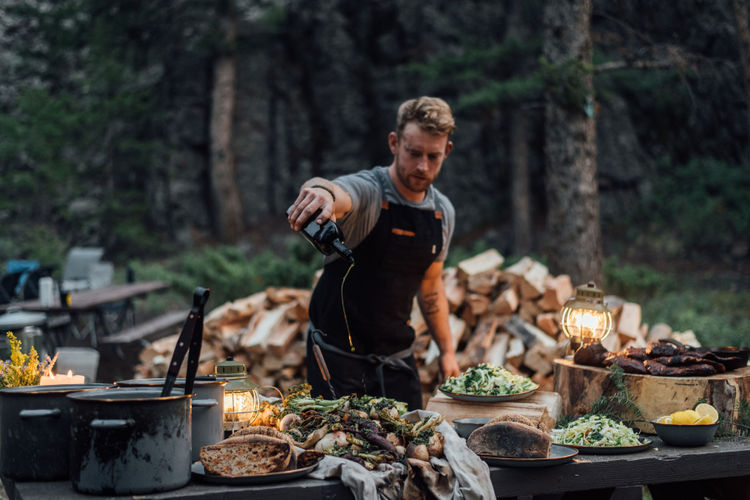
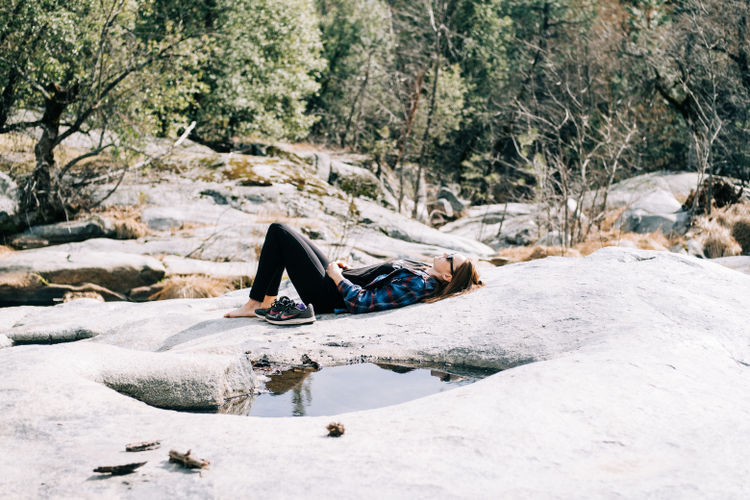
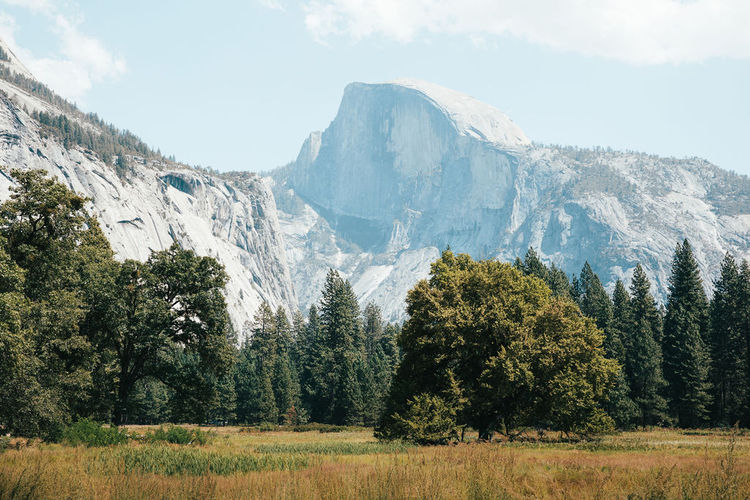
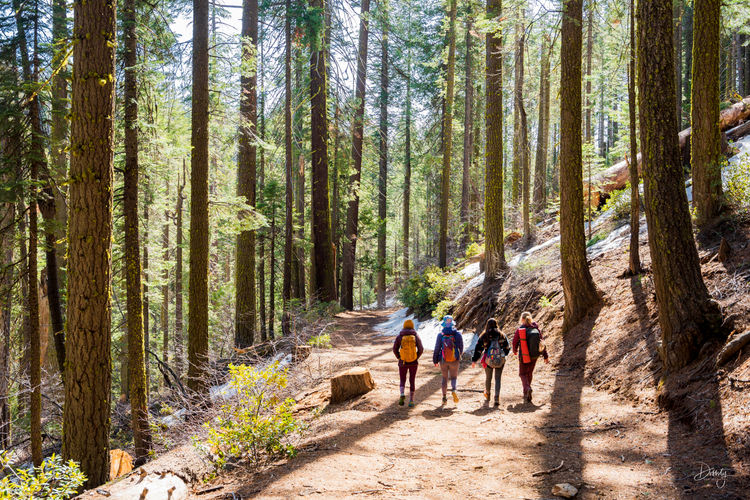
Dustin Myers: Yeah, it’s exciting to see this industry evolve and kind of mature away from some of the kind of the primary ideas that Jeremy mentioned and figuring out what people really connect with and what keeps bringing people back. So the title of this podcast is Future Hospitality. So one of the questions we always ask is what are you most excited about as you look to the future of hospitality?
Will Spurzem: Yeah. I think, we’ve kind of touched on some of those things, which are challenges in the market now, and we’re seeing a lot of new types of spaces and offerings hit the market. I mentioned one earlier, Find Sanctuary is a really low-service group that was just featured in Forbes actually. And they’re looking at a really kind of holistic view of how they meet the land, how they meet their guests, and what services they provide. And it is very limited service and it’s very tailored. But I think those kind of offerings that show up with a true and deep understanding of what they are and what they’re offering and how they’re using the land is going to be I think a big driver going forward.
And as we all look around, as the available land shrinks and commercially zoned properties become rarer and jurisdictions limit development, and frankly, as customers become more shrewd, I think the brands that embrace those tenants of local engagement, responsible development, low-impact development will probably be more successful and resilient into the future. So I’m excited to see how people really come up with ways to meet that, whether that’s seasonal offerings. There’s a company out there called Jupe, J-U-P-E, that’s doing a really great product that’s flexible that it can move seasonally super-efficient, flat-pack construction where you can get a bunch of them on a truck and relocate them in a day or two with zero impact on the land.
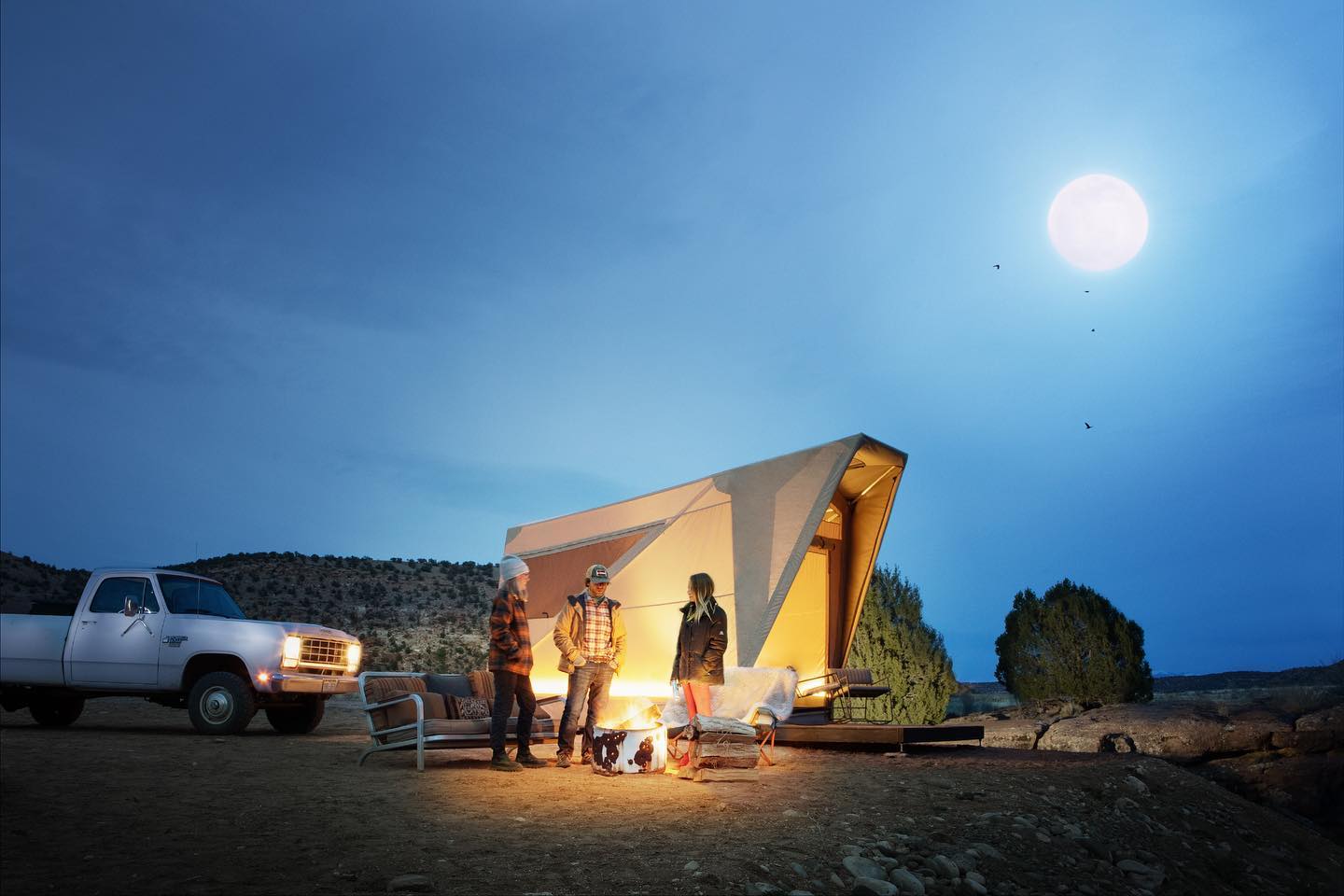
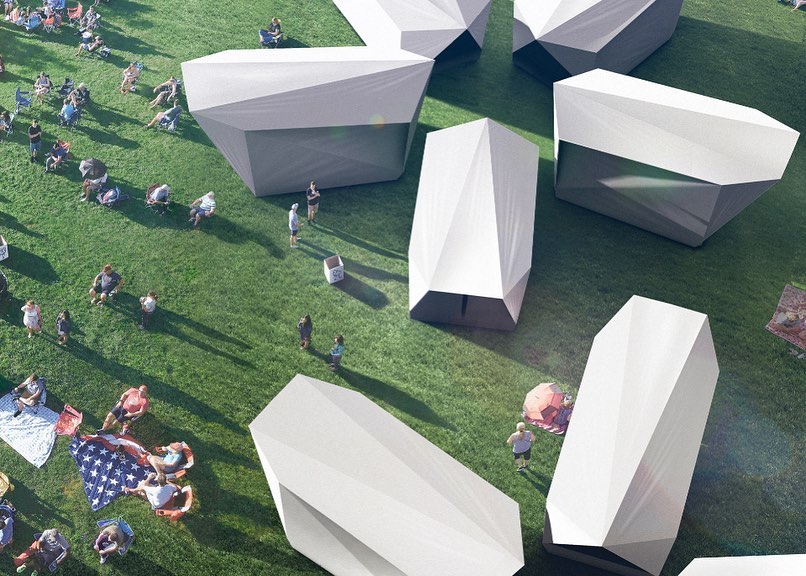
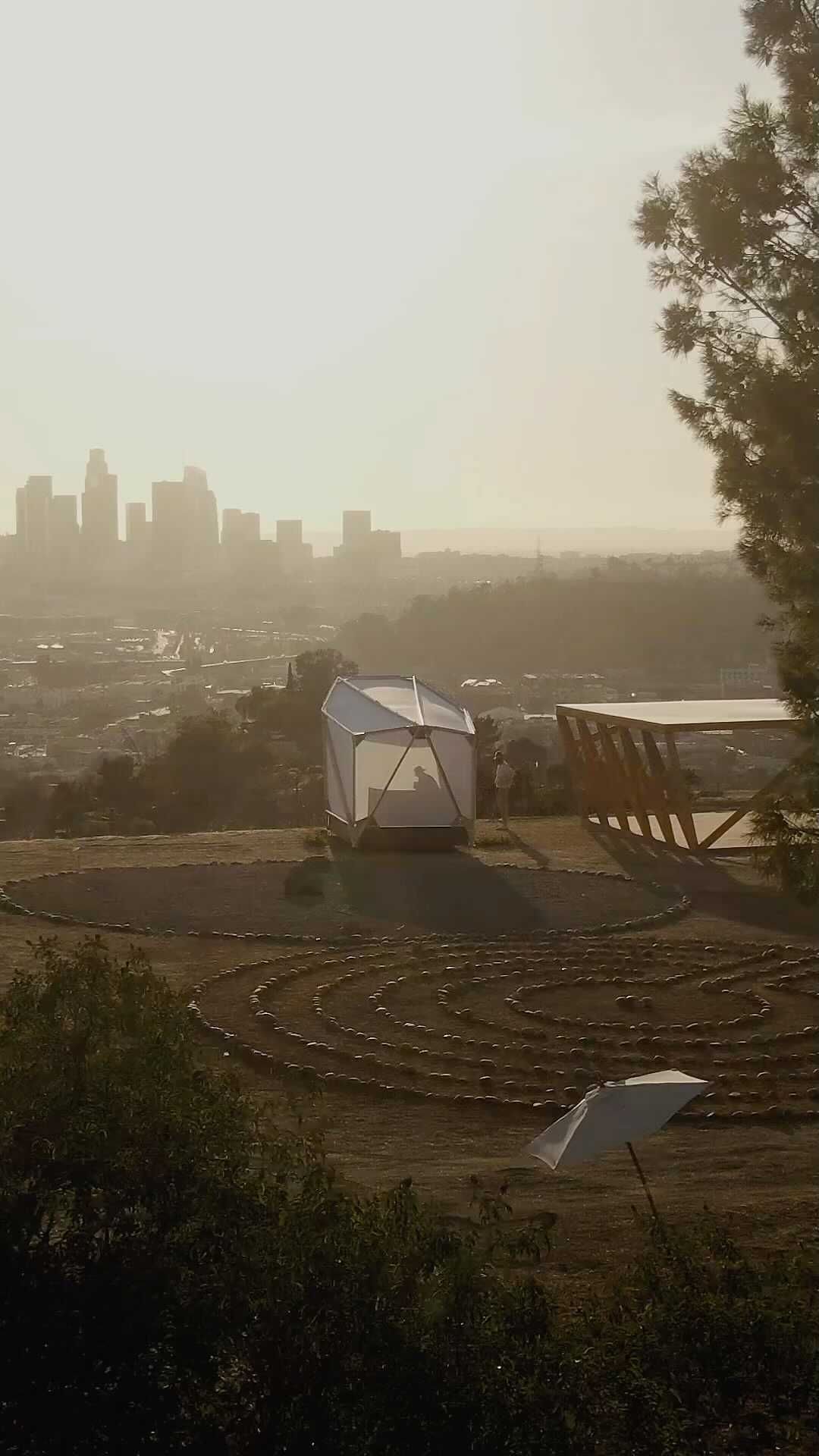
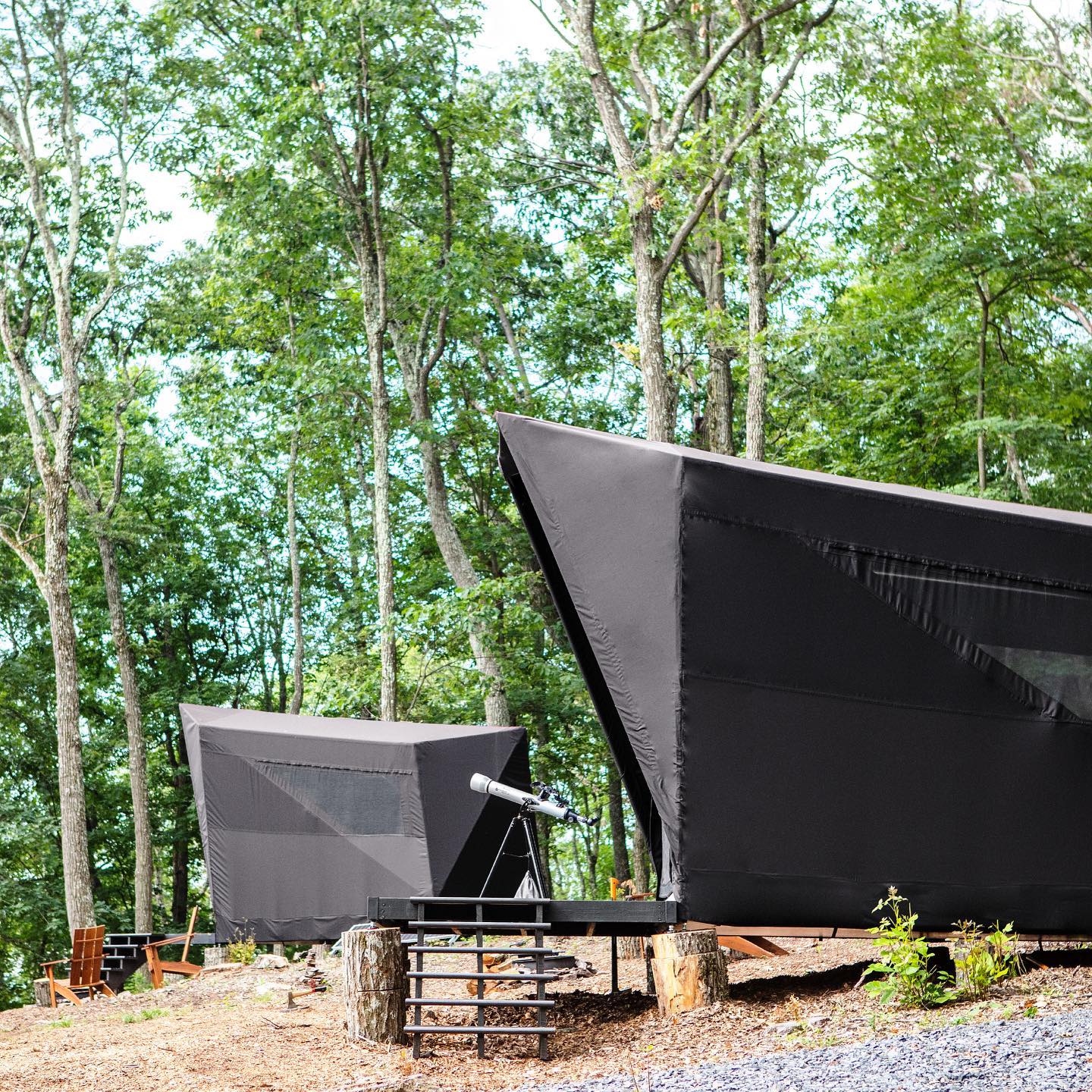
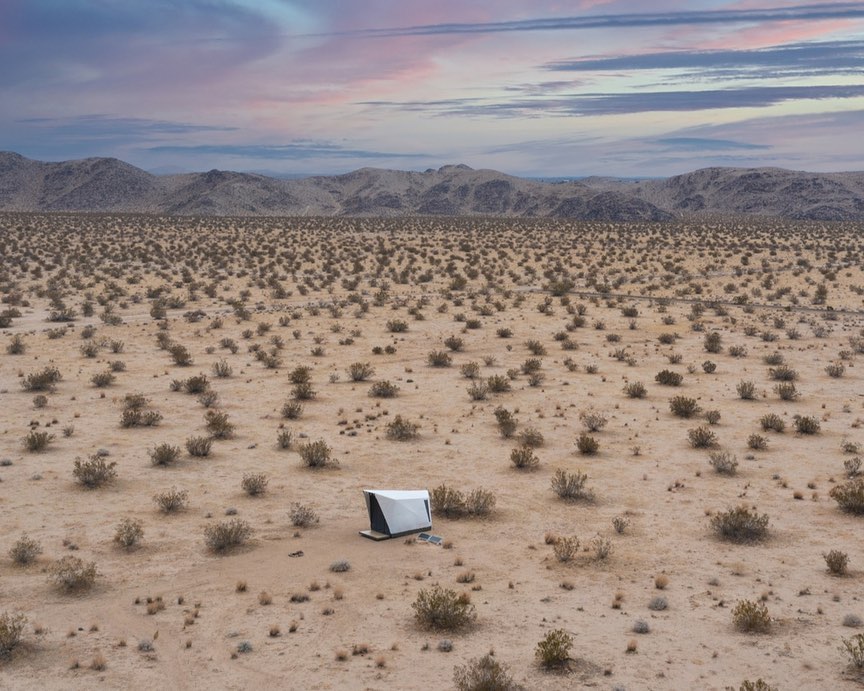
So I think those new ways of addressing the outdoors and finding that kind of blend of the right level of service and that right level of development I think is going to be the differentiator going forward. I think that kind of value add has a lot of staying power for people when they want to come back. Over and over, it feels less of an indulgence and a more resonant experience for them.
Dustin Myers: Yeah, absolutely. Well, thank you for the insights that you’ve shared on this. A lot of great things for us to look up and do more research on. How can people keep in touch with you and learn more about Boundary Works?
Will Spurzem: Yeah. Well, thank you again for your time and this has been a super interesting conversation, just to think about is I prepared and always great to hear all the different guests you have on. I’m at boundaryworks.design, is my website, and you can also reach me at will@boundaryworks.design. And I’ll be hopefully putting more and more work up on that website as some of these projects become real and a little landscape grows in so they look good in a photograph. But I’m excited to hear from anybody that’s interested in learning more. If anybody just has even questions, happy to answer them. So thank you.
Dustin Myers: Awesome. Yeah, this is such a fascinating aspect of the industry and we’ve loved learning from you on it and are excited to see where you’re headed with all this. So thanks again.
Will Spurzem: Great. Well, thank you guys. Appreciate the time.
